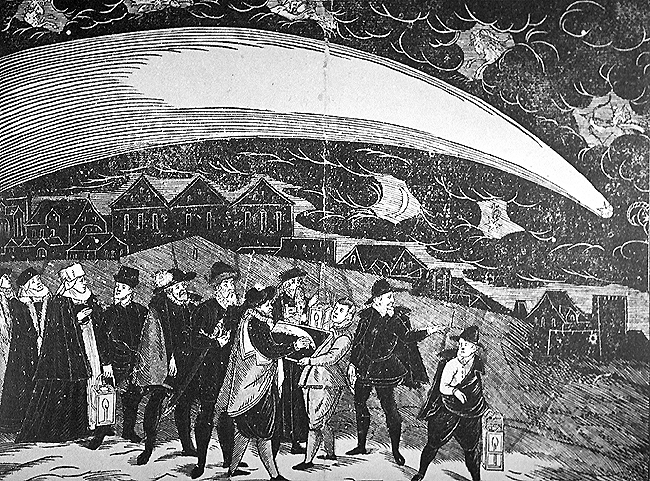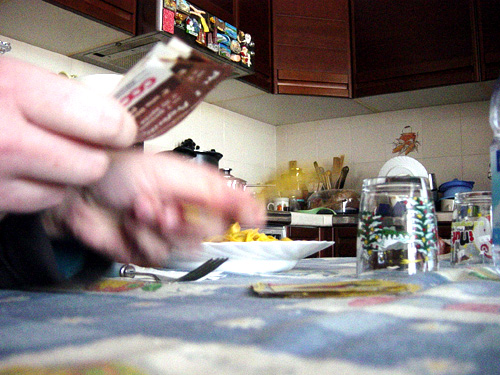
In the last six months of so there has been much commentary about Tesco’s difficulties, including a number of posts by me. One of the questions I have been asked many times since is “Why didn’t ClubCard (Tesco’s loyalty card scheme) data warn them? Why didn’t big data help? Surely a retailer as sophisticated as Tesco would be able to read its big data to notice that there are some worrying trends that need addressing? The fact that apparently vast quantities of big data were not able to keep Tesco from a truly alarming fall from grace, contains lessons for us all about how to utilize big data effectively.
When big data is good and when big data is bad
Author and psychologist Gerd Gigerenzer, in his book Risk Savvy, talks about when big data is good and when it is bad when it comes to making predictions. He talks about astronomy as one of the first examples of big data (and we thought big data was a new concept!) For thousands of years astronomers have gathered masses of data about the movements of the heavenly bodies, and have been highly effective at predicting where they are going to next. Why? Because, from our perspective, there are few disruptions to the passage of those stars and planets. Put it another way, big data is good at predicting, but only when things are predictable! Translating that into the world of big retail and Tesco, the danger of big data is that can lull us into the believing in extrapolations. Extrapolate retail trends over the last few decades and you would see a trend towards one-stop shopping. Technology has disrupted that, and it would have been nigh on impossible for trend analysis out of retail loyalty card data to spot that disruption.
Too much granularity in the analysis of big data
For many marketers, and even more often retailers, one of the major attractions of big data is its beautiful granularity. The ability to analyze down to the lowest level of transaction data is a dream come true to many. But, as this excellent article argues, too much focus ‘down in the weeds’ can lead a marketer to miss some of the bigger trends that more macro analysis might offer. For a retailer, obsessing about what happens in a particular store on a particular day may be interesting, but is dangerous if it is at the expense of broader trend analysis. The article also argues that this type of analysis inflates the value of short term deals such as promotions and could lead to their overuse. Anyone who has been to a Tesco store in the last few years would have to agree that this certainly seems to be the case with Tesco.
Big data myopia
One of the dangers of working for a data rich organization is that one forgets that the data you have isn’t the whole story. Loyalty card data is limited in two highly significant ways. Firstly, it is limited only to the shoppers who have a card (which might possibly skew towards those that are most loyal). If shoppers without cards begin to behave differently, that might not get spotted. Secondly, it only captures their transactions in your stores: missing the entirety of their relationship with your competitors. There is, in my experience, a grave danger of big data myopia.
Missing the point entirely
Perhaps none of the above hypotheses explain why Tesco ClubCard data didn’t help them predict what was happening, or perhaps it is a bit of all three. Or perhaps it is more that Tesco weren’t really using their big data to understand shoppers, and were treating it more as another commodity to trade with their suppliers. Either way, I believe there are lessons here for all marketers. Don’t get me wrong, I love data and I love big data too. But it isn’t a panacea, and if we fall too heavily in its thrall, or use it incorrectly, it can be just as dangerous, or perhaps more dangerous, than no data at all.
We help clients make the best of the data they have, (big or small), and to source high value new data to create paradigm shifting insights. For a free consultation, please contact me.




